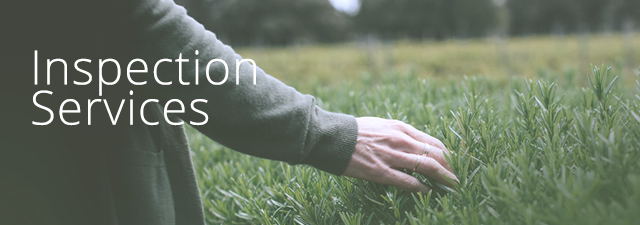Algoma Public Health
Drinking Water
In Ontario, water safety guidelines and standards are monitored and enforced to ensure that the public has access to safe water. These efforts include water treatment, ongoing monitoring, routine testing, and inspections to ensure compliance.
Ontario established the Ontario Drinking Water Quality Standards based on Health Canada’s Guidelines for Canadian Drinking Water Quality. The standards set criteria that drinking water systems must strive to achieve to provide clean, safe, and reliable drinking water. When water safety is impacted, Algoma Public Health is notified, and a drinking water advisory may be issued at this time.
Residents within the Algoma district have access to drinking water from either municipal services, small drinking water systems, or private water sources.
Algoma’s municipal water services provide safe drinking water after undergoing filtration, treatment, and testing. Municipal water protocols are monitored and enforced collaboratively with community partners to ensure access to safe drinking water. For individuals on municipal services, please contact your municipality to find out who the local water utility service provider is.
APH conducts routine inspections of small drinking water systems to ensure compliance with regulations. If you do not get your water from a municipal water source, and you provide water to the public, check out our small drinking water systems tab below for more information.
Residents who do not have access to municipal water services, and do not provide water to the public, are considered to have a private water supply. The owner of a private drinking water source is responsible for maintaining, treating, and testing the drinking water. Algoma Public Health can provide consultation and educational resources to support owners.
Visit our Water Testing and Interpretation page for more information.










